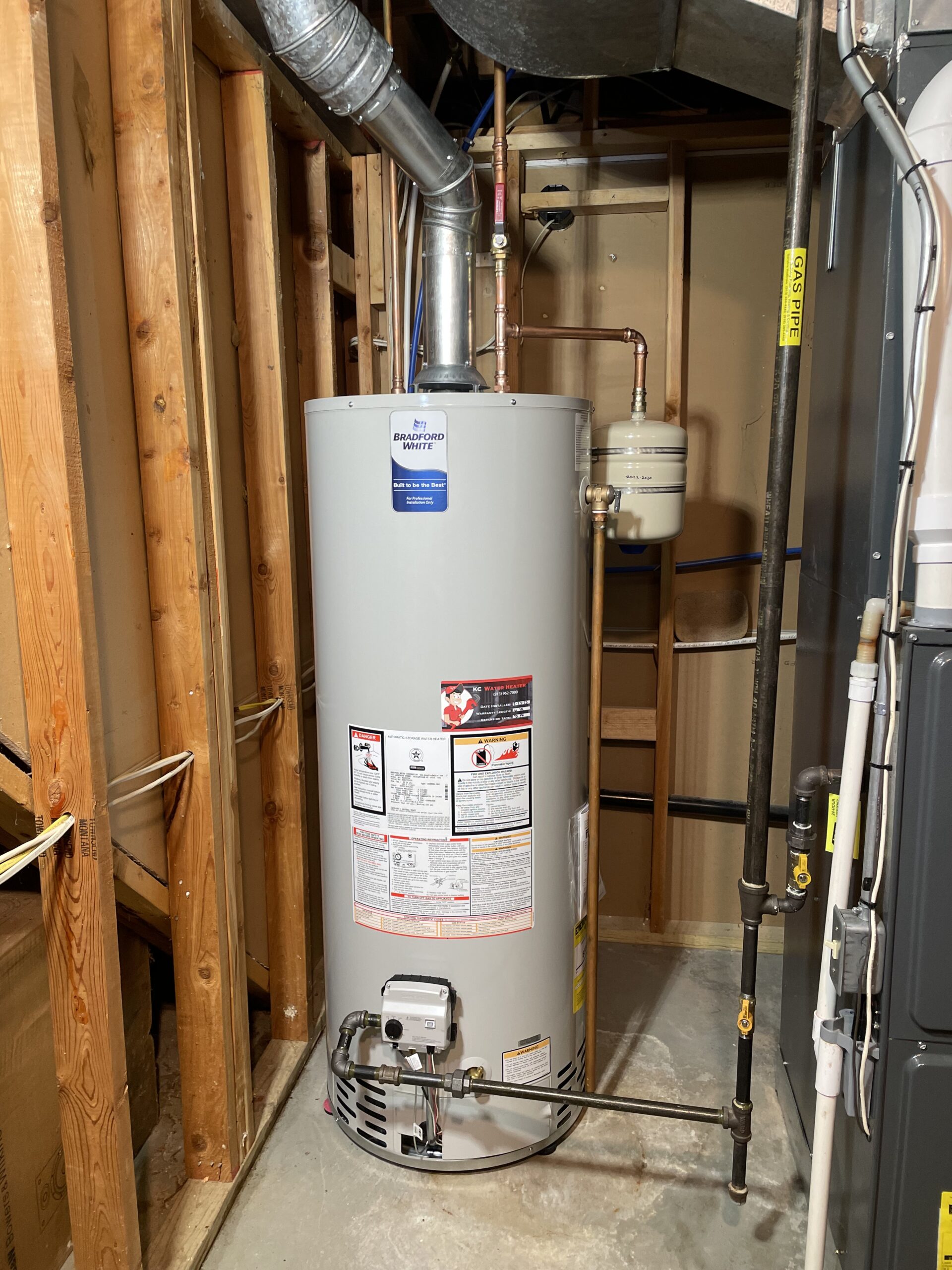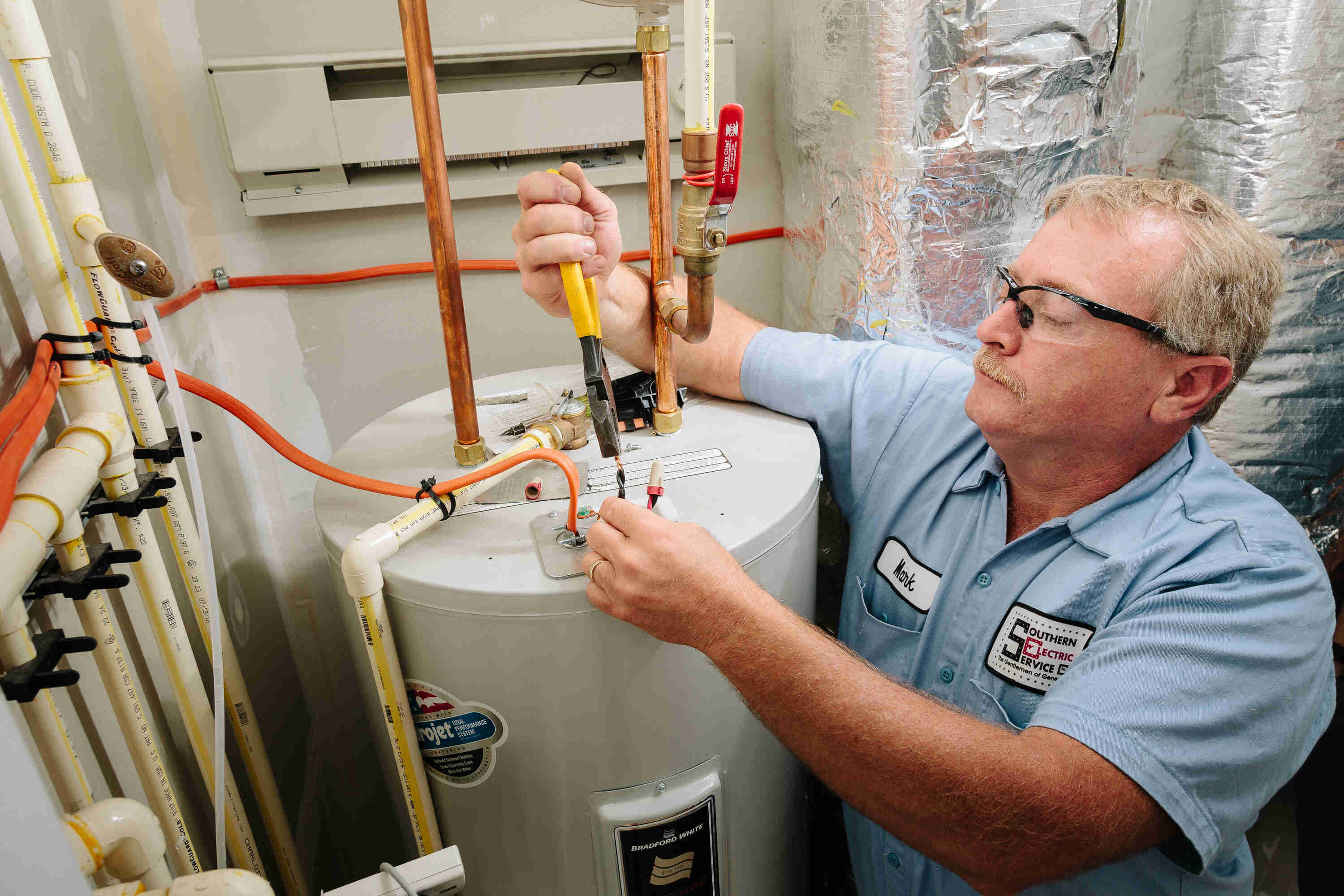Maintaining Your Home's Hot Water System: Key GuidelinesEnsuring Durability of Your Home's Hot Water System: Care Advice
Maintaining Your Home's Hot Water System: Key GuidelinesEnsuring Durability of Your Home's Hot Water System: Care Advice
Blog Article
This post underneath on the subject of How to Maintain a Hot Water Heater in a Few Simple Steps is highly intriguing. You should investigate for yourself.

Hot water is essential for everyday convenience, whether it's for a refreshing shower or cleaning meals. To guarantee your hot water system runs efficiently and lasts much longer, regular upkeep is essential. This write-up supplies practical suggestions and understandings on how to preserve your home's warm water system to avoid disturbances and costly repair services.
Introduction
Preserving your home's hot water system could seem overwhelming, but with a few easy actions, you can guarantee it operates efficiently for years to find. This overview covers everything from understanding your hot water system to DIY upkeep pointers and recognizing when to employ specialist help.
Significance of Preserving Your Warm Water System
Normal upkeep not just expands the lifespan of your hot water system but also ensures it operates efficiently. Overlooking maintenance can result in decreased performance, higher energy bills, and even premature failing of the system.
Indicators Your Hot Water System Requirements Maintenance
Understanding when your hot water system needs interest can avoid major issues. Look out for indicators such as inconsistent water temperature, weird sounds from the heating system, or corroded water.
Purging the Hot Water Heater
Purging your hot water heater eliminates sediment build-up, boosting performance and lengthening its life.
Checking and Replacing Anode Rods
Anode rods stop rust inside the container. Checking and changing them when broken is critical.
Facility Issues Requiring Professional Aid
Instances include major leaks, electric issues, or if your water heater is regularly underperforming.
Regular Specialist Upkeep Perks
Expert maintenance can consist of thorough examinations, tune-ups, and making certain compliance with safety criteria.
Checking and Adjusting Temperature Setups
Changing the temperature setups makes sure optimal performance and safety.
Do It Yourself Tips for Upkeep
You can perform numerous maintenance jobs yourself to maintain your warm water system in leading condition.
Looking for Leaks
Frequently evaluate pipelines and connections for leaks, as these can bring about water damage and greater expenses.
Understanding Your Hot Water System
Prior to diving into upkeep jobs, it's handy to comprehend the basic elements of your hot water system. Normally, this includes the hot water heater itself, pipes, anode poles, and temperature controls.
Regular Monthly Upkeep Tasks
Routine monthly checks can aid catch minor concerns before they rise.
Evaluating Stress Relief Valves
Checking the pressure safety valve ensures it works correctly and prevents extreme pressure accumulation.
Shielding Pipes
Insulating warm water pipes minimizes warmth loss and can save power.
When to Call a Professional
While DIY upkeep is advantageous, some problems call for professional competence.
Conclusion
Routine upkeep of your home's hot water system is vital for performance, longevity, and price savings. By complying with these ideas and knowing when to seek professional assistance, you can make certain a dependable supply of warm water without unanticipated disruptions.
Water Heater Maintenance Tips
Test the TPR Valve
Shut off the power and the cold-water supply valve. Place a bucket under the pipe connected to the temperature-pressure-release (TPR) valve on the top or side of the tank. (This valve opens if the tank pressure gets too high.) Lift the valve’s tab to let some water out, then let go. If water keeps flowing, drain the tank partway, unscrew the old valve with a pipe wrench, and install a new one. Check the Anode Rod
Put a hose to the tank’s drain cock and let out a few gallons of water. Now fit a 1 1/16-inch socket onto the rod’s hex head on top of the heater (or under its top plate) and unscrew the rod. If it’s less than ½ inch thick or coated with calcium, buy a new one, wrap its threads with Teflon tape, put it back in the tank, and tighten securely. Use this segmented rod if headroom above the tank is limited. Drain the Tank and Wash Out Sediment
Drain the remaining water in the tank into the bucket, then stir up the sediment on the tank’s bottom by briefly opening the cold-water supply valve. Drain and repeat until clean water comes out of the hose. Close the drain cock, refill the tank, and turn its power back on. Adjust the Temperature
Find the temperature dial on the side of the tank and unscrew its cover. Adjust the dial to 120 degrees using a flathead screwdriver. For every 10 degrees the temperature is lowered, you can expect to save up to 5 percent in energy costs. Turn the water heater off or the thermostat down to its lowest setting if you plan to be away from home for more than three days. Insulate the Pipes
Buy some self-sticking 3/8-inch-thick foam pipe insulation that matches the pipes’ diameter. Slide the foam over the hot-and cold-water pipes as far as you can reach. Insulating the cold-water pipe prevents condensation in summer. Peel the tape and squeeze the insulation closed. If the pipe is 6 inches or less from the flue, cover it with 1-inch-thick unfaced fiberglass pipe wrap. https://www.thisoldhouse.com/plumbing/21016402/how-to-maintain-a-water-heater

As an avid reader on What Kind of Maintenance Do Water Heaters Need?, I figured sharing that excerpt was worth the trouble. Sharing is nice. You never know, you may just be helping someone out. Thanks a bunch for being here. Don't forget to pay a visit to our blog back soon.
Click Here Report this page